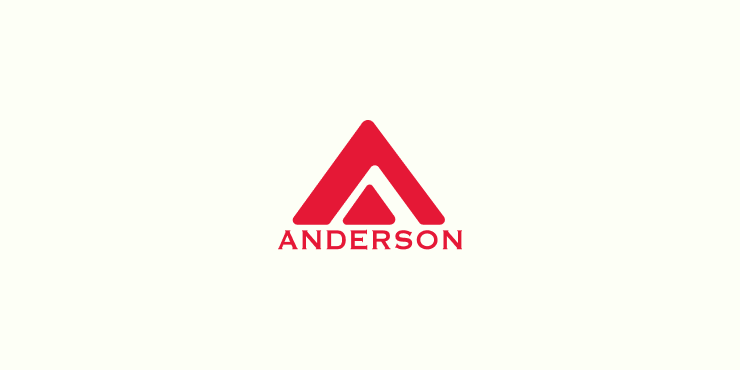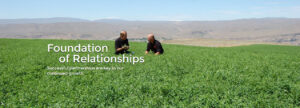Nutritional Needs of Small Herbivores

Guinea pigs, chinchillas, and rabbits are small herbivores, or plant-eating animals, that are commonly kept as companion animals. They have been bred in captivity for years and their quiet nature, ease of handling, and relatively simple housing requirements make them ideal pets, especially for owners that do not have a lot of room for four-legged friends. Feeding these small mammals is an important part of their daily care and each species has specific nutritional needs.
Clean water must be accessible to all small pets at all times. A sipper water bottle is the best method to provide water because it is less likely to be contaminated with bedding, food, feces, and urine. Animals that are unfamiliar with sipper water bottles may require some training to use them properly. Water bottles and bowls should be emptied and filled with fresh water daily to encourage water intake and to prevent overgrowth of bacteria.
Rabbits, guinea pigs, and chinchillas are all classified as hindgut fermenters. In hindgut fermenters, fiber from forages remains relatively intact as it passes through the stomach and intestine, but it is digested, or fermented, by symbiotic bacteria in the cecum and colon.
All of these small mammals produce cecotrophs (sometimes called night feces), which are consumed as soon as they are expelled. Cecotrophs are formed in the colon and cecum and are made of soft, pellet-like fecal material. They are rich in nitrogen and contain microorganisms, amino acids, volatile fatty acids, and vitamins. These nutrients, which were previously unavailable in the forage, are neatly packaged in the cecotrophs and are digested in the stomach and absorbed in the small intestine. Proper and efficient formation of cecotrophs requires a high-fiber diet.
What should rabbits eat?
Mature rabbits should be fed a commercial pelleted feed designed for rabbits and have unlimited access to grass hay. In general, alfalfa hay should not be fed to adult rabbits because it contains too much protein and calcium and overconsumption may result in kidney damage. Rabbits should also be fed a source of fresh, dark, tough, and leafy greens. Gradually introduce hay if rabbits have only been eating pellets up to this point. Once rabbits are eating hay for several weeks, slowly add greens to the diet. Aim to provide three different types of leafy greens each day to provide a variety of nutrients.
What should guinea pigs eat?
Guinea pigs require diets that are similar to rabbits. They should be fed plenty of grass hay that does not contain too many calories. Guinea pigs should also be fed a limited amount of commercial pellets designed for guinea pigs. Avoid unlimited access to pellets as guinea pigs may become obese. Unlike many other animals, guinea pigs require a dietary source of vitamin C so they don’t get scurvy. Don’t rely solely upon pellets for vitamin C as the vitamin is not stable for extended periods of time, especially if the pellets are exposed to sunlight or high temperatures. Make sure to include some dark, leafy greens, which are rich in vitamin C.
What should chinchillas eat?
Nutritional needs of chinchillas haven’t been studied as extensively as needs of rabbits and guinea pigs. Current recommendations state that chinchillas should be fed commercial chinchilla pellets and provided with free-choice access to high-quality grass hay. A pellet-only diet will not provide a chinchilla enough roughage and may predispose the chinchilla to diarrhea. Chinchillas would also do well with some added leafy greens, but do not require as much as rabbits.
Feeding small herbivores like rabbits, guinea pigs, and chinchillas is not too difficult. Remember that they need an unlimited supply of high-quality grass hay to provide adequate roughage for gastrointestinal health. Commercial pellets designed to meet nutritional needs for a particular species should also be provided. If nutritional needs are met, these small mammals should be healthy and provide many years of companionship.
Small Pet Hay: Andy by Anderson Hay
Anderson Hay & Grain launched a new division that focuses on smaller boxes of our premium hay for that’s harvested, packaged and delivered to your door, just for your small pet. Please visit Andy by Anderson Hay at https://andy.pet/ for all your small pet needs.
References
Clauss, M. 2012. Clinical technique: Feeding hay to rabbits and rodents. J. Exotic Pet Med. 21:80-86.
Donnelly, T.M. and C.J. Brown. 2004. Guinea pig and chinchilla care and husbandry. Vet. Clin.Exot. Anim. 7:351-373.
Irlbec, N.A. 2001. How to feed the rabbit (Oryctolagus cuniculus) gastrointestinal tract. J. Anim. Sci. 79(E. Suppl.):343-346.


